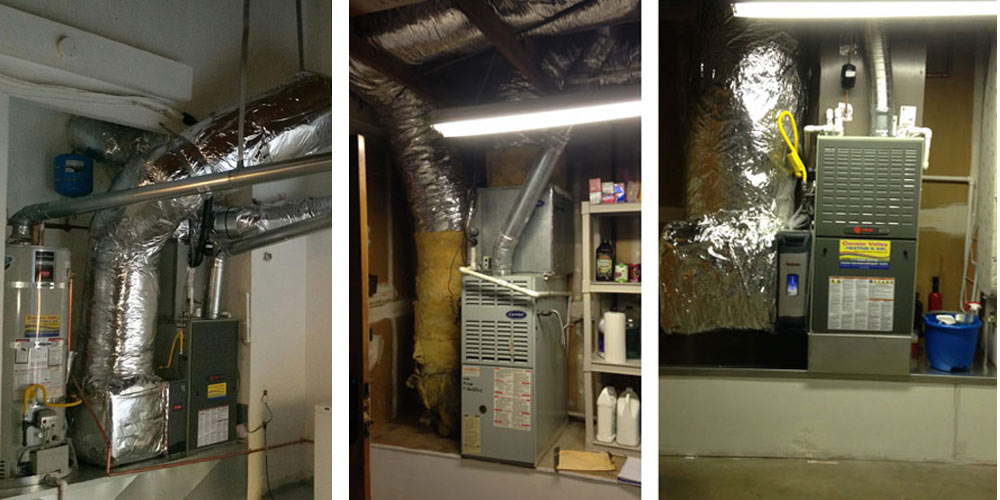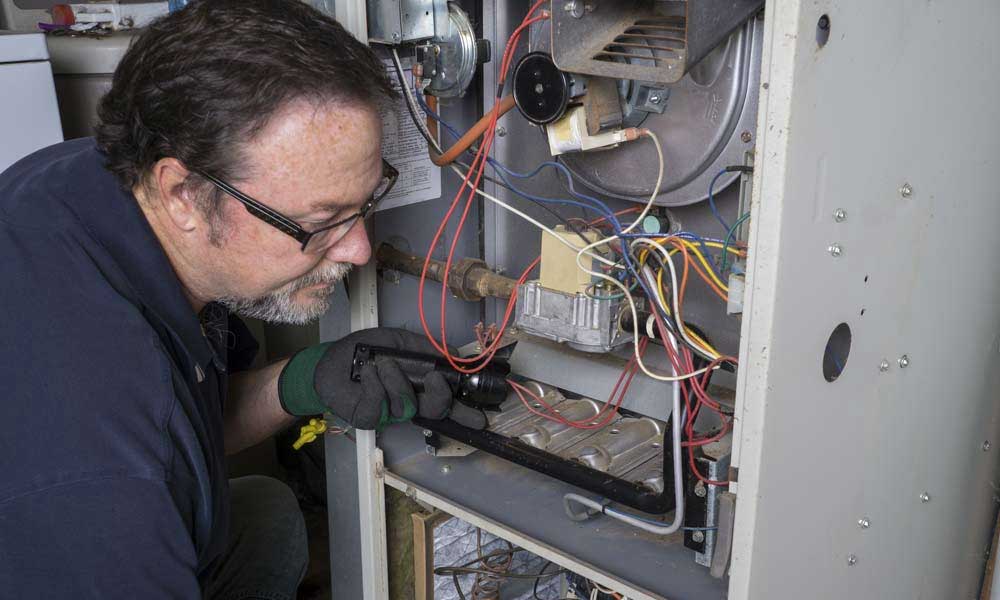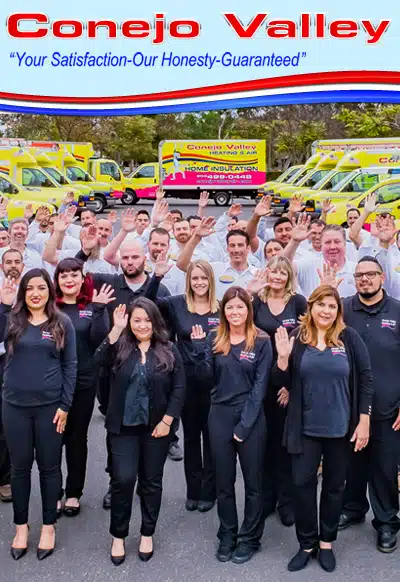 Nothing matters most than your heating system when winter knocks on the door. That is why home heating experts recommended that you take time to understand the various furnace models available to you, whether you are buying a new furnace for the first time or replacing your retired model.
Choosing a furnace seems easy. Right? Well, it is easier said than done. But thankfully, HVAC experts at Conejo Valley Home Services have got you covered with a beginner’s guide on furnace buying and installation, so you get the best heating equipment for your home without a hassle. Sounds good? Let us dive in.
Nothing matters most than your heating system when winter knocks on the door. That is why home heating experts recommended that you take time to understand the various furnace models available to you, whether you are buying a new furnace for the first time or replacing your retired model.
Choosing a furnace seems easy. Right? Well, it is easier said than done. But thankfully, HVAC experts at Conejo Valley Home Services have got you covered with a beginner’s guide on furnace buying and installation, so you get the best heating equipment for your home without a hassle. Sounds good? Let us dive in.
7 Things to Consider When Buying a New Furnace
Furnace fuel Type
The following are the common types of fuels to consider for a new furnace installation: Natural gas: if you are looking for energy-efficiency and greater long-term savings, a natural gas furnace could be your best option. These furnaces heat up quickly, making them extremely beneficial during those extreme winter conditions. You may incur higher initial costs, but natural gas furnaces are more convenient and affordable to operate than having a large propane or oil reserve tank installed at your home. Propane: Propane furnaces can provide you the perks of natural gas furnaces without the gas line. And talking of propane tanks, they are available in several sizes to meet the varying heating needs. However, homeowners are increasingly shifting to natural oil due to propane’s ever-rising prices. Electric: Electric furnaces are famed for their durability and low-noise operation. Besides, they are easier to install and cheaper to maintain. However, they have a high operation cost due to the high electricity cost across many US communities. Green energy: Geothermal and solar furnaces are gradually gaining momentum with the growing demand for green energy solutions. They are environmentally-friendly options with the potential to meet your heating needs while helping you eliminate additional energy bills and the risks of propane and natural gas furnaces. But you will want to consult with a reputed HVAC company to know whether your ecosystem supports green energy furnaces. Trust Conejo Valley Home Services HVAC experts for pro furnace installation.Furnace Efficiency
Most modern furnaces meet the minimum Annual Fuel Utilization Efficiency (AFUE) rating of 78%. This means that at least 78% of the fuel type is converted into heat. Mid-range furnaces boast an AFUE rating ranging between 80% and 85%. Premium alternatives have AFUE ratings as high as 98% but require higher upfront costs due to their advanced features. A professional HVAC contractor can help you decide between the two options based on a few calculations.Furnace Size
The amount of heat a furnace can produce in an hour (measured in British Thermal Units) determines its size. There are several aspects to consider when picking a furnace size, including your home’s square footage and shape, climate zone, and factors influencing airflow and heat loss, e.g., number of windows and house’s shape. Undoubtedly, a large house with several air leaks requires a bigger, costly furnace, while a smaller furnace remains the best option for a smaller, airtight house. If you are struggling with determining the best furnace size for your home, contact our HVAC contractor at 805-499-0448 for competent furnace sizing.Furnace Pricing
There are considerable gaps in furnace costs based on several factors, including furnace brand & size, additional tools & fixtures, location, and labor cost. .
RECOMMENDED READING: Furnace Types, Popular Brands, Cost, Repair, Maintenance, Installation
Variable Speed Blowers
Typically, there are two types of furnace blowers- single-speed blower and the variable-speed blower. With only one heat output stage(high) and running at full capacity when in operation, single-speed blowers are the least efficient of the two types. In comparison, variable speed blowers move at different speeds for precise airflow control, bringing a higher air quality and a better balance between humidity and temperature to your home.Warranty
Do not sign a furnace service contract without asking for comprehensive furnace warranty details from your HVAC contractor. Most furnace manufacturers offer a 10-year manufacturer limited parts warranty and a 20-year warranty on the heat exchange-the furnace’s heart and often the most expensive part to replace or go for furnace repair.Rebates and Incentives
By upgrading to a high-efficiency furnace system, you could save hundreds of dollars in incentives and rebates in addition to saving on utility bills. The federal government also offers tax credits on energy-efficient systems. Consult with a reputed HVAC company to determine your furnace’s eligibility for incentives and rebates.10 Things to Consider When Installing a New Furnace
1. Load Calculation
A furnace installation can make or break your energy bills and home comfort. This calls for a transparent load calculation by a professional HVAC contractor. Load calculation helps accurately determine your home’s heating requirements and the right furnace for those needs. It incorporates a careful analysis of your home’s square footage, construction materials, levels, number of occupants, energy-usage habits, comfort preferences, and others.2. Garage furnaces
Garages often contain flammable gases from vehicles. Denser than air, these gases hover lower to the ground and are potentially dangerous when close to burner or pilot light. For this reason, raise the furnace to at least 18 inches from the floor to mitigate fire hazards. Also, keep the heating equipment away from the path leading to the garage.3. Restricted Areas
It is illegal and precarious to install a gas or propane furnace in a bathroom, bedroom, or closet. The danger primarily lies in the toxic fumes emitted by the heating equipment. When installing a furnace in the attic, ensure a five-foot elevation between the floor and ceiling. There should also be at least a 30-inch x 30-inch opening within 6 meters of the furnace location.4. Underfoot Furnaces
A light switch should be installed near an underfoot furnace for clear visibility during operation. For suspended furnace installation, ensure a minimum height of 6 inches between the equipment and the floor.











